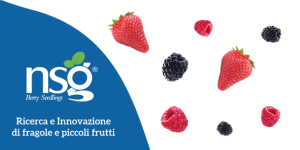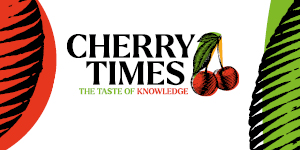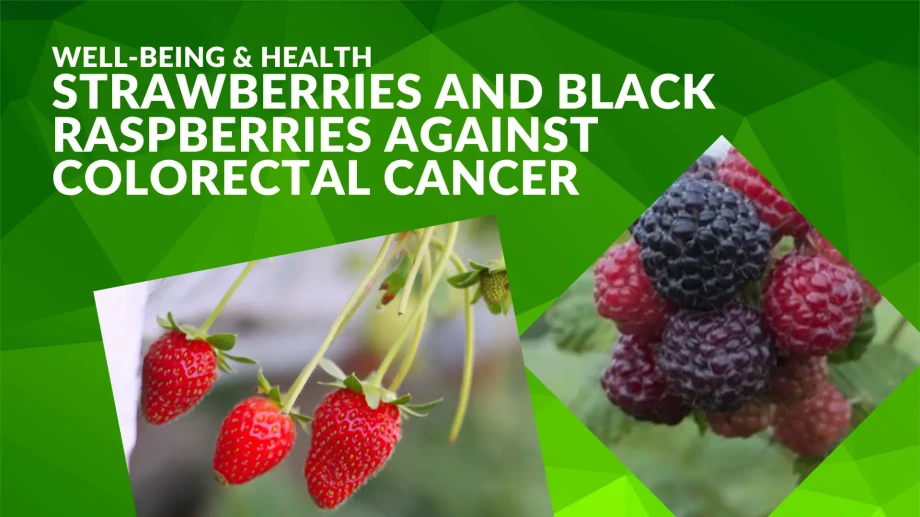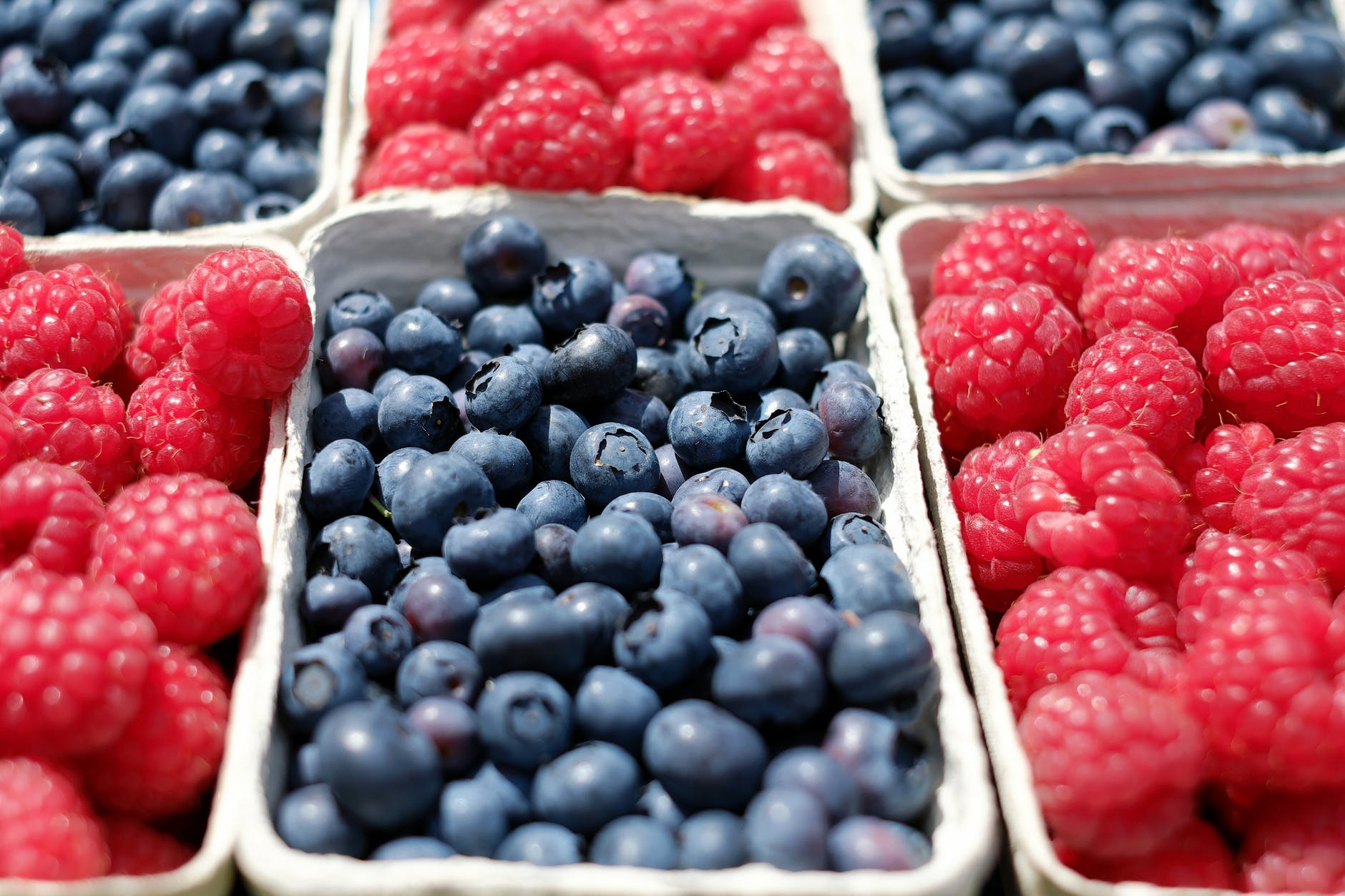Colorectal cancer (CRC) represents a significant global health challenge, ranking as the third most common cause of cancer-related death in the United States and the fourth worldwide.
A particularly relevant risk factor is inflammatory bowel disease (IBD), a chronic immune-mediated condition (such as Crohn’s disease and ulcerative colitis) that imposes a considerable healthcare burden and increases the risk of dysplasia and CRC.
Carcinogenesis in this context is closely linked to chronic inflammation, which triggers oxidative stress, genomic instability, and immune dysregulation.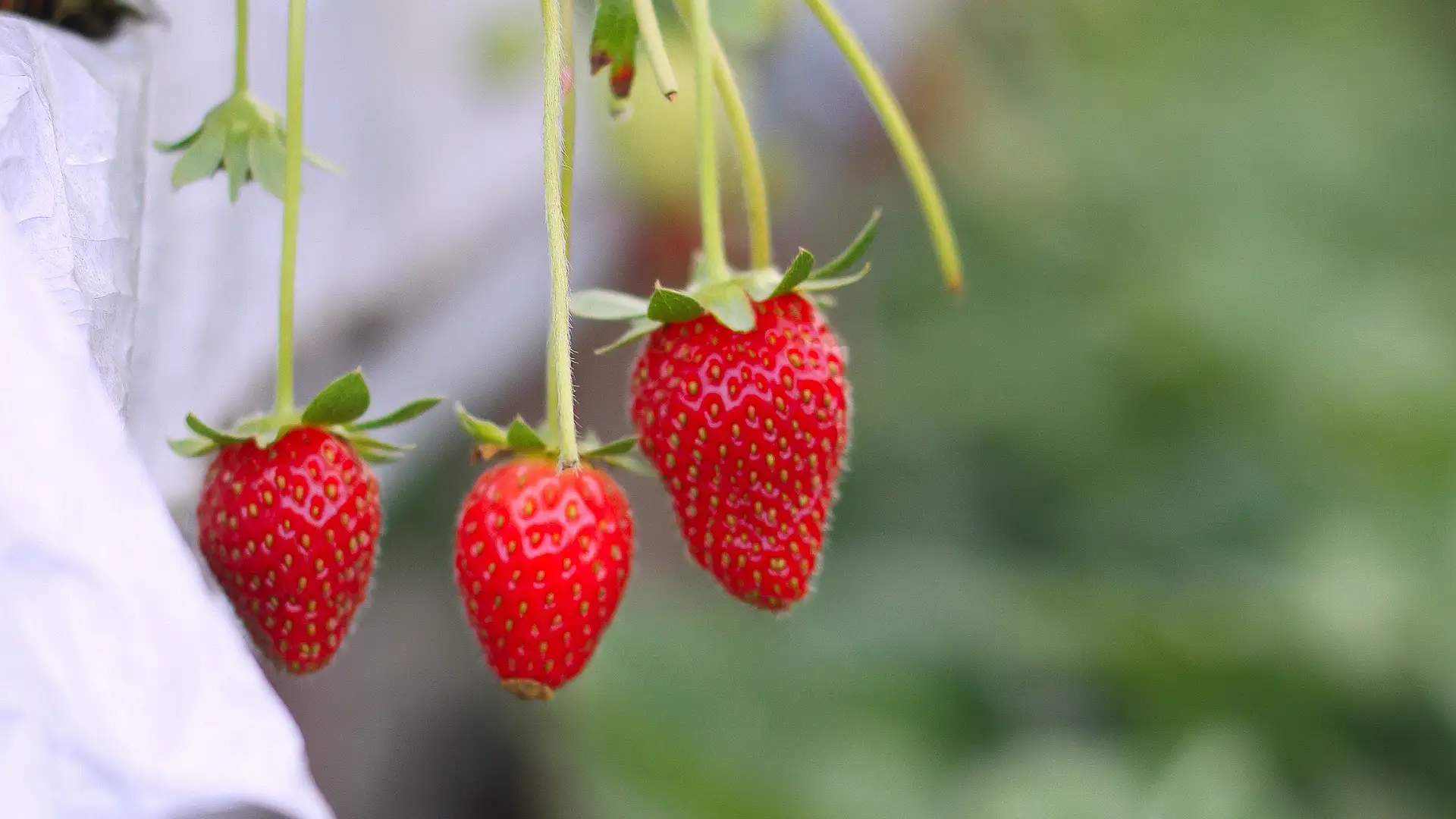
The critical link with inflammation
Although current anti-inflammatory therapies for IBD have shown limited effects in CRC chemoprevention and may present long-term toxicity, preventive approaches based on natural foods offer significant potential with very low toxicity profiles.
In this scenario, berries, particularly strawberries and black raspberries, have been widely selected for dietary interventions due to their powerful preventive activities demonstrated in preclinical and pilot clinical studies.
In IBD patients, persistent inflammation is a key driver of oncogenic transformation. This inflammation promotes mutations, genomic instability, and changes in the immune microenvironment.
It has been found that patients with ulcerative colitis have a 2.4-fold higher incidence of CRC compared to control subjects.
Prognosis and molecular mechanisms
Moreover, CRC that develops in IBD patients tends to have a worse prognosis and occurs at a younger average age (40–50 years) compared to sporadic CRC (60 years).
At the molecular level, carcinogenesis is driven by oxidative stress, caused by an imbalance in the generation and elimination of reactive oxygen species (ROS) and reactive nitrogen intermediates (RNI), produced by immune cells such as neutrophils and macrophages.
These elements can damage DNA, proteins, and lipids.
Chronic inflammation is also associated with genomic instability and the activation of pro-inflammatory cytokines such as TNF-α and IL-6, which promote tumor cell growth and survival.
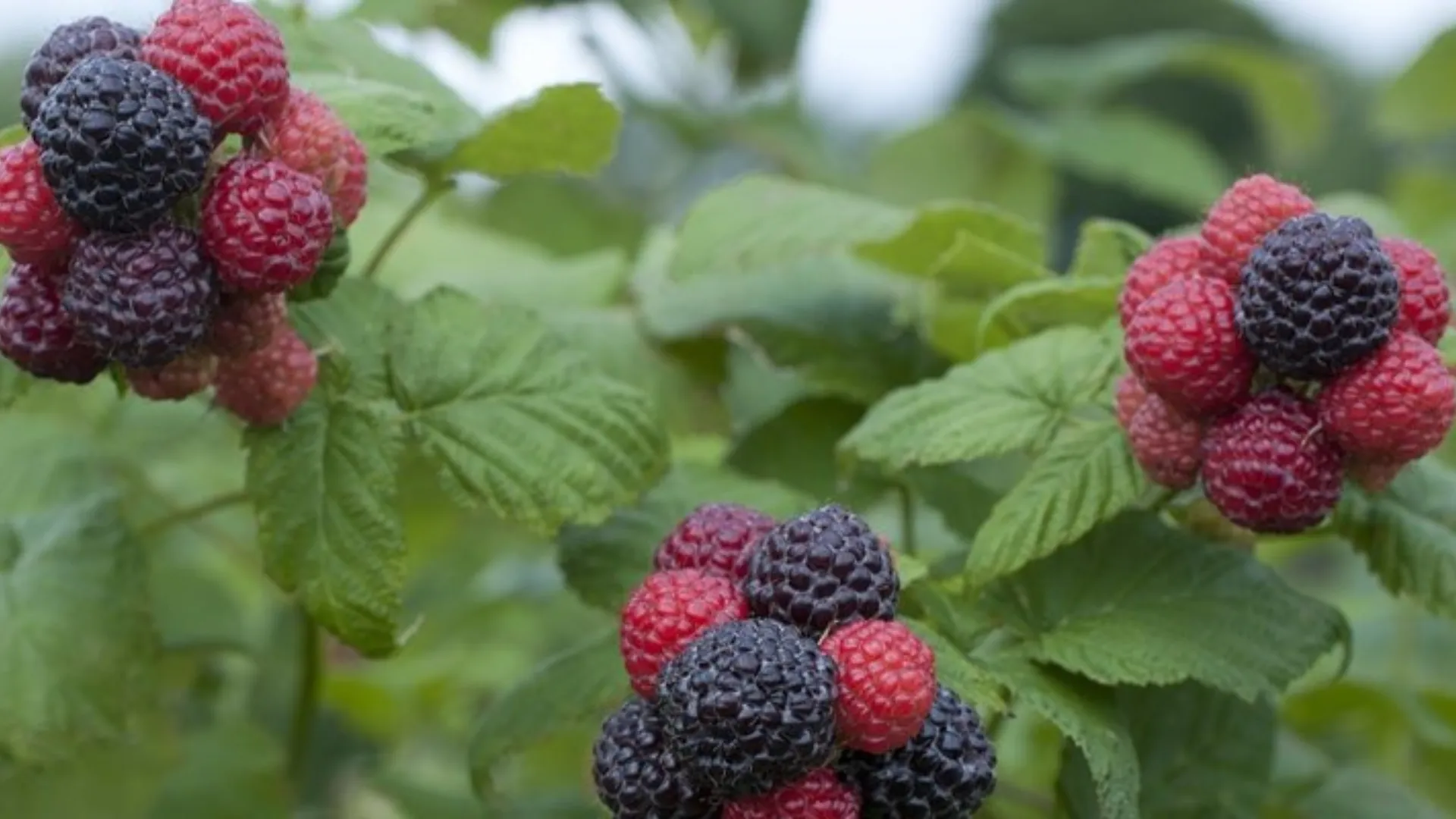
The role of berries
A central molecular element in this pro-inflammatory network is the nuclear factor kappa B (NFκB), whose activation can suppress apoptotic clearance of pre-neoplastic cells and promote invasion.
Scientific evidence suggests that diets low in fruits and vegetables and high in animal fats may be triggers for IBD and tumors.
Conversely, natural dietary approaches based on fruit and vegetable components, vitamins, and polyphenols show promising preventive effects with low toxicity.
Berries are rich in polyphenols, particularly anthocyanins, as well as micronutrients and fiber.
Strawberry, black raspberry and prevention
Specifically, the strawberry is the most commonly consumed berry on today’s market.
Preclinical studies have shown that strawberry and black raspberry extracts have higher potential activity in CRC prevention compared to other types of berries.
For example, freeze-dried strawberries significantly reduced tumor incidence in the AOM/DSS mouse model by suppressing nitrosative stress and decreasing inflammatory mediators such as TNF-α, IL-1β, IL-6, COX-2, and iNOS.
The chemopreventive activity of berries is mainly attributed to their bioactive components, particularly flavonoids known as anthocyanins, which give many fruits their color.
Anthocyanins and mechanisms of action
In strawberries, the most abundant anthocyanin is pelargonidin glucoside.
It is important to note that most of these phytochemicals are not absorbed in the upper small intestine but reach the colon, where microbial metabolism and direct interaction with the colonic epithelium occur, the crucial site for CRC prevention.
The mechanisms of action of strawberries and black raspberries are synergistic and multifaceted:
- Reduction of Oxidative Stress: Berries reduce oxidative stress biomarkers, such as urinary 8-OHdG levels and tissue nitrosative stress.
- Inflammation Inhibition: They suppress the expression of pro-inflammatory cytokines and key mediators such as COX-2 and iNOS.
- Genomic and NFκB Modulation: Black raspberries (and to some extent strawberries) have shown the ability to induce apoptosis, regulate cell proliferation markers (such as p21WAF1), and inhibit the NFκB signaling pathway.
Inhibition of NFκB is critical, as this factor is involved in inflammation, cell survival, and carcinogenesis.
Black raspberries have also been shown to modulate genomic instability by promoting demethylation of tumor suppressor genes.
A functional diet
Strawberries and black raspberries, as powerful berries, have demonstrated significant potential in CRC chemoprevention associated with IBD, acting on multiple molecular fronts: from suppression of cytokines and oxidative stress to reduction of genomic instability and inhibition of crucial inflammatory signaling pathways such as NFκB.
Unlike pharmaceutical agents, the strength of these natural approaches lies in their ability to provide additive and synergistic action thanks to their nutritional complexity, particularly the richness in anthocyanins and other phytochemicals.
Current scientific evidence underscores the value of strategically including berries in the diet.
Building a modern and functional dietary regimen means recognizing and harnessing the potential of foods that, through their complex bioactive profile, can help modulate chronic inflammation and strengthen cellular defenses, thereby actively contributing to long-term wellness and prevention.
These findings support the idea of integrating the intrinsic virtues of berries as pillars of a health-oriented functional diet.
Source: Chen, T.; Shi, N.; Afzali, A. Chemopreventive Effects of Strawberry and Black Raspberry on Colorectal Cancer in Inflammatory Bowel Disease. Nutrients 2019, 11, 1261. https://doi.org/10.3390/nu11061261
🫐 Well-being & Health with Berries 🍓This article is part of the editorial series Wellness & Health with Berries, which brings scientific research closer to everyday life, promoting berries as allies for well-being. The series offers clear, up-to-date, and evidence-based content designed to inform consumers and support all operators in the berry supply chain. |



